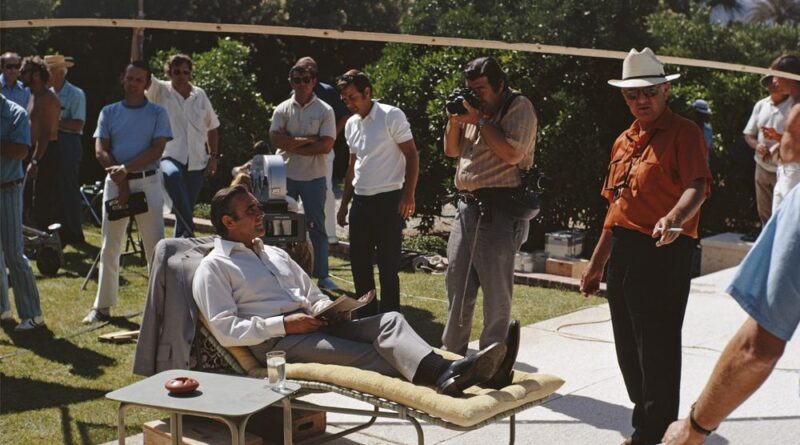A Journey Through the Filmography of Quentin Tarantino: Themes and Style
Quentin Tarantino, a name synonymous with cinematic innovation and audacious storytelling, has carved a distinct niche for himself in the world of filmmaking. With a unique blend of genres, intricate narratives, and unforgettable characters, Tarantino’s filmography has left an indelible mark on the history of cinema. This article takes readers on a captivating journey through Tarantino’s filmography, exploring the recurring themes and distinctive style that define his work.
Themes that Echo Across Tarantino’s Films:
1. Pop Culture References: One of Tarantino’s trademarks is his ability to seamlessly integrate pop culture references into his films. From dialogue about Madonna and McDonald’s in “Pulp Fiction” to the use of vintage music tracks that underscore the action, these references create a rich tapestry that speaks to both cinephiles and casual viewers alike.
2. Nonlinear Storytelling: Tarantino is renowned for his unconventional narrative structures. His films often employ non-linear storytelling, jumping back and forth in time to reveal different facets of the story. This technique not only keeps audiences engaged but also challenges them to piece together the puzzle of the plot.
3. Violence and Revenge: Themes of violence and revenge are pervasive in Tarantino’s films. Whether it’s the blood-soaked climax of “Kill Bill” or the relentless pursuit of vengeance in “Django Unchained,” the director uses violence as a tool to explore complex emotions and power dynamics.
4. Strong Female Characters: Tarantino’s films frequently feature strong, empowered female characters who are unafraid to take charge and make their mark. Characters like Mia Wallace in “Pulp Fiction” and The Bride in “Kill Bill” subvert traditional gender roles and offer a fresh perspective on women in cinema.
5. Moral Ambiguity: Tarantino’s characters often reside in a morally ambiguous space, blurring the lines between right and wrong. This ambiguity adds depth to the characters and challenges the audience’s own notions of morality.
6. Dialogue-Driven Scenes: Tarantino’s razor-sharp dialogue is a cornerstone of his films. His characters engage in riveting conversations that serve as both exposition and character development, making even the most mundane discussions captivating.
Distinctive Stylistic Elements:
1. Aesthetic Homage: Tarantino’s love for cinema history shines through in his films’ aesthetic choices. He pays homage to different cinematic eras and genres, creating a visual feast for audiences. For instance, “Death Proof” emulates the grindhouse style of the 1970s, while “The Hateful Eight” captures the grandeur of classic westerns.
2. Eclectic Soundtracks: Tarantino is a master at curating soundtracks that become inseparable from the film’s identity. He blends an eclectic mix of music genres to create an auditory experience that complements the visuals and enhances the emotional impact of scenes.
3. Pulp Fiction Influence: Tarantino’s early career was heavily influenced by pulp fiction novels and B-movies. This influence is evident in his penchant for over-the-top violence, colorful characters, and unexpected plot twists.
4. Long Takes and Tracking Shots: The director’s affinity for long takes and tracking shots allows him to build tension and immerse the audience in the scene. This technique is particularly notable in the unforgettable restaurant scene in “Inglourious Basterds.”
5. Homespun Dialogue: Tarantino’s characters often engage in casual, everyday conversations that take on a heightened, almost philosophical quality. These exchanges reveal insights into the characters’ personalities and contribute to the film’s unique rhythm.
In conclusion, a journey through Quentin Tarantino’s filmography is a voyage into a world of innovation, artistic daring, and narrative complexity. His films are a treasure trove of themes that delve into the human psyche, exploring the darker aspects of human nature while celebrating the resilience of the human spirit. With a distinctive style that borrows from the past while pushing the boundaries of cinematic storytelling, Tarantino continues to captivate audiences and inspire future filmmakers to think outside the box.




